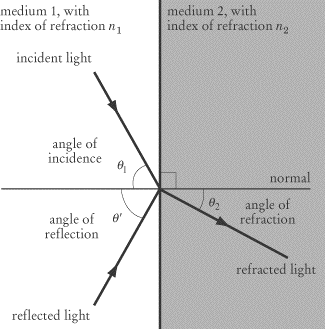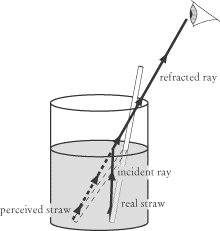I'm sorry, it isn't iodine. I just took some corn starch and mixed with some idaphor solution - cool is
this more purple blue
The color in the picture (look especially at his finger is)
BEER more red, actaully I couldn't find 'burgandy' this is 'purple'. The color of the beer is burgandy - red wine color.
Iodine would be more indigo. Do the test yourself.
So what would cause burgandy color - clearly a 'redish' molecule like blueberry. OP stated no contamination, and doesn't give us his cleaning agents, or his ingredent list.
As to it being Beer-Bougert-Lambert law that can be tested by pouring into a hyrometer sleve - what the hydrometer comes in. If the color seems about the same - then in't isn't that (see
http://en.wikipedia.org/wiki/Beer–Lambert_law - mostly prereq's which basically say that the law holds less effect with turbity and non parrell rays.
It is a chemical reaction, but not iodine. I'm beginning to wonder if the OP is pulling our leg and having us compare 2 different beers.







